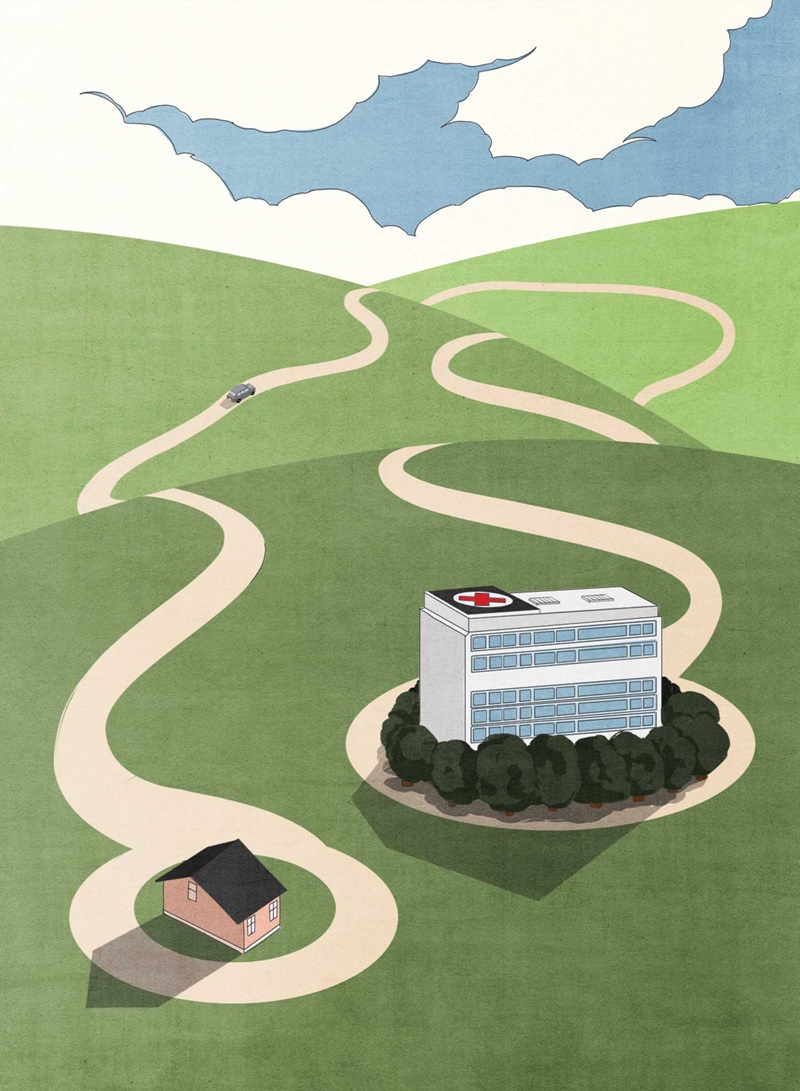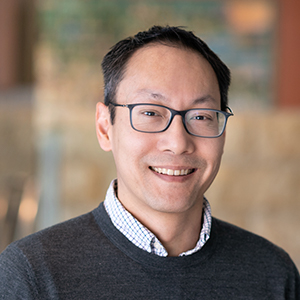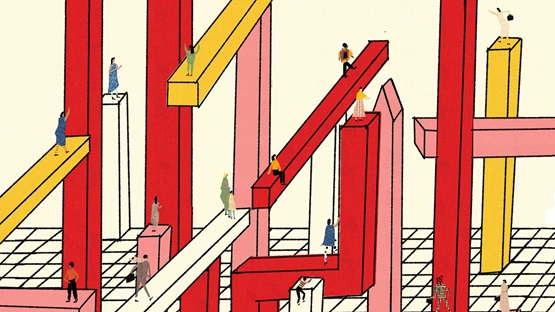A close acquaintance of Mark Jones recently made a six-hour drive from her home in northwest Minnesota to Minneapolis for surgery.
Many small community hospitals dot this largely rural region, and several larger regional hospitals are less than two hours away. But they didn’t offer what she needed.
More and more rural residents are driving to distant hospitals, said Jones, who is executive director of the advocacy group Minnesota Rural Health Association. “It’s quite the burden,” he said, with travel costs, time off work, and being far from friends and family.

For many health economists, this phenomenon illustrates the disparity between rural and urban health care, which they blame on a shortage of doctors in rural regions. But Jonathan Dingel, a former visiting scholar with the Institute and University of Chicago Booth School of Business economist, thought it possible that rural patients are traveling to urban hospitals because the quality of medical services there is better than at home. That is, they’re engaging in trade.
Using millions of Medicare claims, Dingel and his colleagues show in a recent Institute working paper that this is the case.
“Once you recognize that there’s trade, that means that improving production in a region is not the same thing necessarily as improving consumption in a region,” he said. “We can be more creative in thinking about the potential set of policy instruments that we might use to improve medical access.”
In other words, if the goal is to improve rural residents’ access to high-quality medical services, pouring more resources into rural hospitals may not be the best policy. The better policy could be subsidizing travel to urban hospitals.
The inherent advantage of larger markets
To arrive at their conclusions, Dingel’s group analyzed 229 million medical services billed to Medicare in 2017.
Those claims showed that $1 in $5 went to pay for medical services performed outside the patients’ home hospital markets. The smaller the market’s population, the more rural it tends to be and the more its residents “import” medical services, meaning they travel to another market to purchase those services. In fact, rural markets are much more likely to be “net importers,” meaning residents spend more on medical services outside the region than outside patients spend on services inside the region.
Dingel’s group used a common health economics definition of a hospital market as a region where most patients go to the same large regional hospital for advanced, nonemergency medical services. In some parts of the U.S., regional markets can be vast. For example, patients in the Billings, Montana, market may drive as many as 375 miles to reach their regional hospital.
When those patients seek to import medical services from another market, they may drive much farther. According to Dingel’s calculations, the average patient in the Billings metropolitan area travels 625 miles for medical services.
The key to understanding why they drive such long distances is in the concept “economies of scale.” Dingel’s group found that the more a market produces a medical procedure, the higher the procedure’s quality. That gives larger markets an advantage because they have more demand, which leads to more production. On average, a 10 percent increase in production, measured in dollars billed to Medicare, leads to a 6 percent increase in quality, inferred from the distance patients were willing to travel beyond the nearest region offering the same procedure.
One of the drivers of this phenomenon is doctor experience. For any given procedure, doctors in larger markets are likely to have performed it more times than doctors in smaller markets have. The patient base for the procedure is likely to be larger in larger markets, allowing doctors to specialize in that procedure instead of having to perform many other procedures as well. The Medicare data show that patients will seek out experience.
“Practice does make perfect,” Dingel said. “Doctors that are repeatedly doing the same procedure are going to be better at that procedure than somebody who is rusty and hasn’t performed it very often.”
The best bang for the subsidy buck
The advantage large markets have in quality and patients’ willingness to travel for that quality has implications for policymakers who have long favored subsidizing rural health care to maintain access for rural residents.
Dingel’s group modeled several subsidy scenarios. In one, they increased Medicare reimbursements by 30 percent in Paducah, Kentucky, a rural market that is a net importer. They did the same in Boston, an urban market that is a net exporter. The significantly higher payments to doctors led to a significant increase in the quality of medical services for both markets. But the number of patients who benefited decreased in the Paducah scenario and increased in the Boston scenario.
The difference is in surrounding markets, which together have a much larger population than either Paducah or Boston. In the Paducah scenario, quality increased in Paducah enough to keep more Paducahans at home but not enough to attract outside patients. But with fewer Paducahan patients traveling to surrounding markets, production and quality in those markets decreased, affecting more patients than just those in Paducah.
In contrast, the increased quality in Boston attracted even more patients from surrounding markets. Production and quality decreased in those surrounding markets, but both their patients and Boston patients gained from higher quality in Boston.
From a patient perspective, subsidizing markets without an advantage in medical services can be a win for some and a loss for others, but subsidizing markets that have this advantage can be a win-win.
“There is a lot to be said about investing in nationally recognized centers for highly specialized procedures and the care that is associated with them because of the expense,” said Jones. It’s hard to justify providing these services in areas where demand isn’t high, he said.
At the same time, he said, not everyone can afford to travel. “Rural residents are poor. It’s another determinant in their health.”
When Dingel’s group modeled subsidies for travel, they found that travel increased from Paducah to surrounding markets and quality improved in those markets, a win-win for Paducahans and residents of the surrounding markets. The subsidies required for lower-income patients were higher than for higher-income patients to achieve the same level of health care access.
The working paper doesn’t offer policy recommendations based on these results, but by treating medical services as a tradeable product, it opens the door for a different kind of policy discussion.
And those discussions are occurring.
Jones said he was at a conference chatting with some colleagues about the obstetrician shortage in rural areas when someone suggested an air service ferrying urban obstetricians to rural patients for high-risk deliveries.
It’s not a perfect solution, he said, but recruiting doctors to rural areas hasn’t been very effective either. “We need to be able to attract rural doctors, but thinking that we’re just going to spend money and it will solve our problems—maybe [the air service] is the better way to invest our money.”
This article is featured in the Fall 2023 issue of For All, the magazine of the Opportunity & Inclusive Growth Institute
Tu-Uyen Tran is the senior writer in the Minneapolis Fed’s Public Affairs department. He specializes in deeply reported, data-driven articles. Before joining the Bank in 2018, Tu-Uyen was an editor and reporter in Fargo, Grand Forks, and Seattle.





